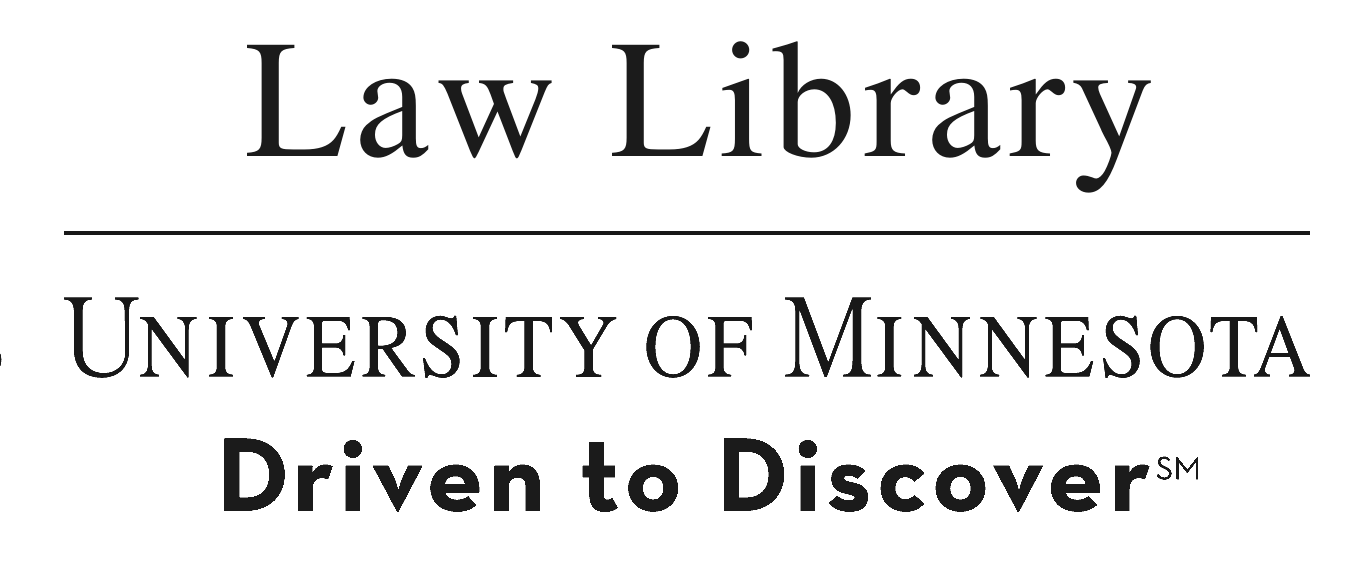Publication Title
AIPLA Quarterly Journal
Volume
50
Page
607
Year
2022
Abstract
Over the past fifty years, courts have developed a body of case law on patent remedies that is, in many respects, solidly grounded in economic reasoning. Among the high points are the courts’ embrace, in various contexts, of the simple principle that patent damages should restore patent owners to the position they would have occupied, but for the infringement—and of an important corollary to that principle, namely the importance to damages calculations of the “noninfringing alternatives” concept. By contrast, certain other developments—including the confusing standards for determining when it is appropriate to use the “entire market value” of a product as the royalty base; the standards for awarding total profits for design patent infringement; and the intricacies of the patent marking statute—cry out for further judicial or legislative reform. Yet other developments, including the standards for granting injunctive relief (and, relatedly, for awarding ongoing royalties in lieu of injunctive relief); for calculating reasonable royalties; and for awarding enhanced damages, have in some respects been positive but could be further improved.
Recommended Citation
Tom Cotter, Fifty Years of Patent Remedies Case Law: Two Steps Forward, One Step Back, 50 AIPLA Quarterly Journal 607 (2022)


